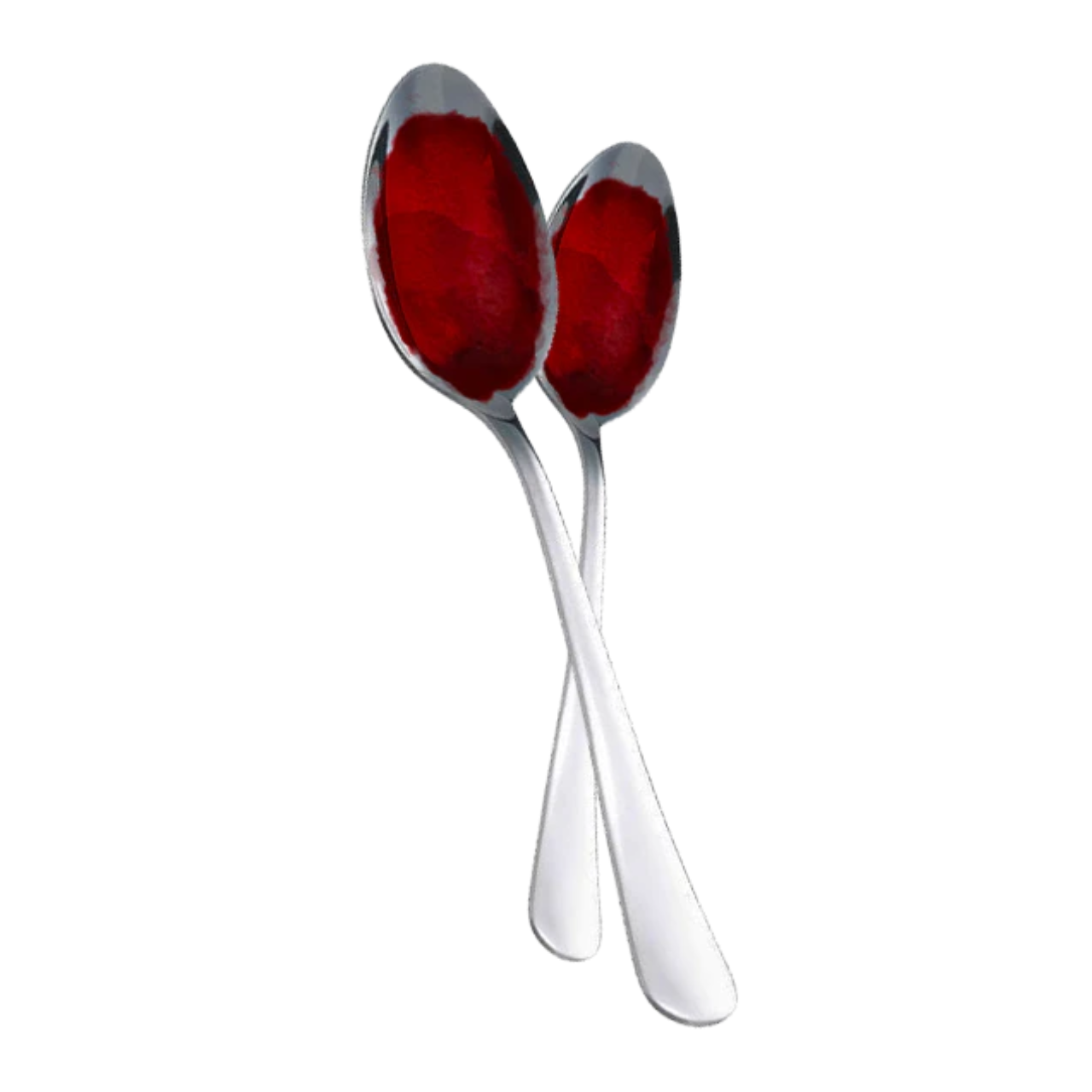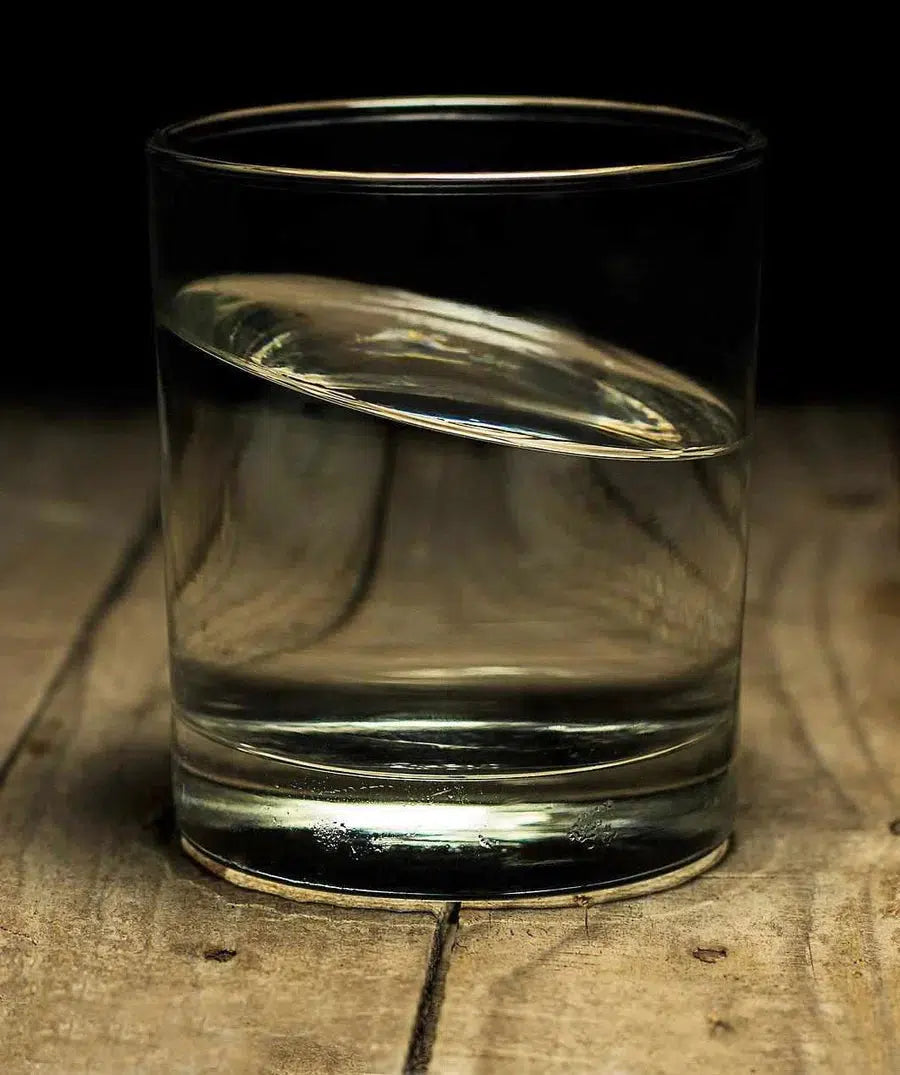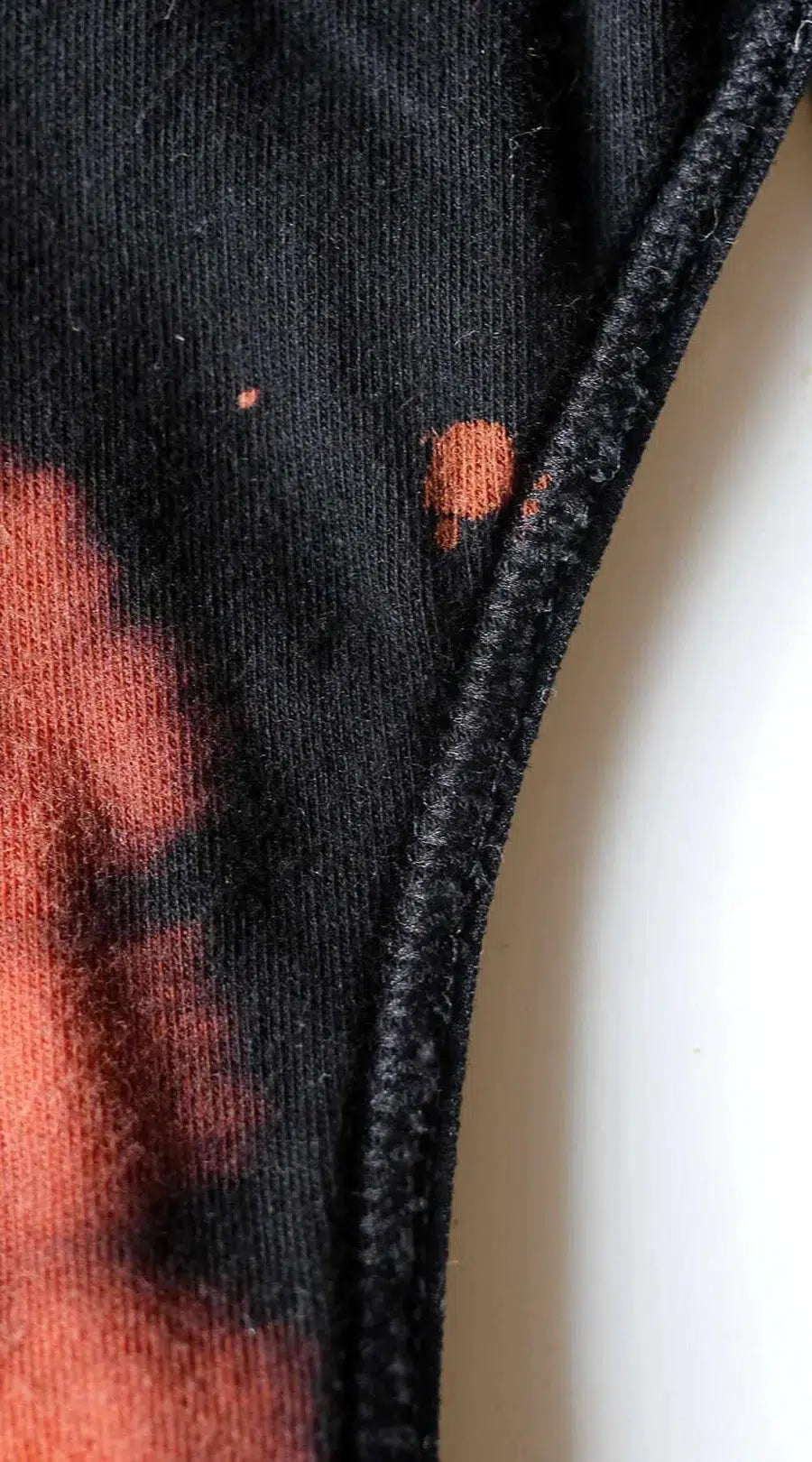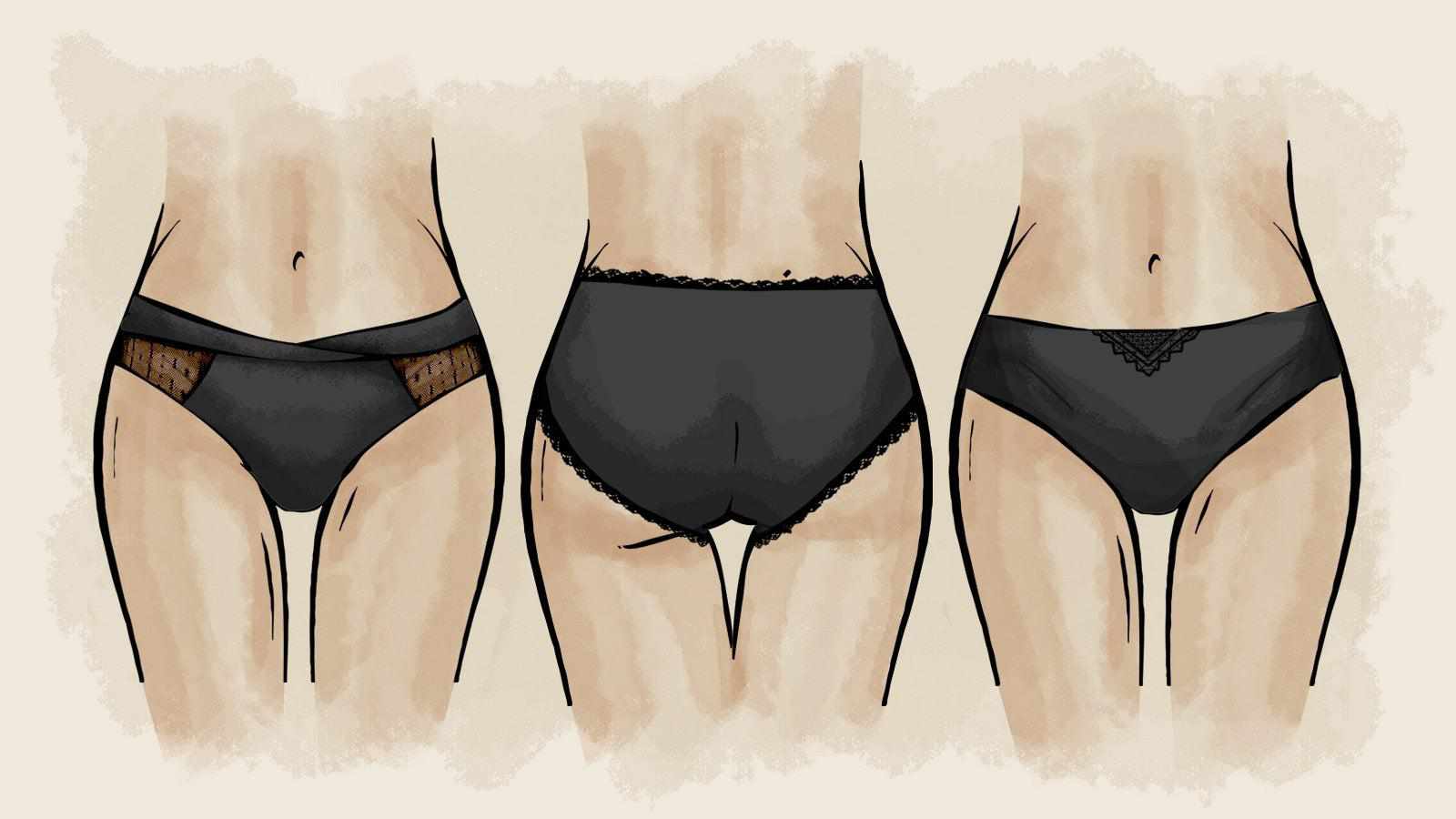Everything you need to know about your menstrual flow

VISCOSITY AND FLOW OF PERIODS
How is my menstrual flow?
Our period pants are made to last up to 12 hours and up to 4 tampons in terms of absorption for our most absorbent model, but this is a maximum estimate that depends on several factors.
These include the viscosity of the flow: some women have very liquid bleeding, while others have more viscous periods, with clots. And nothing abnormal!
A very liquid flow may flow faster than the panty can absorb it, while a more viscous flow will give it more time to do its job!
A flow is considered average if bleeding totals around 40 to 50ml per cycle... that's barely a quarter of a glass of water! Less than 30ml per cycle is considered light flow. Above 60ml, the flow is heavy, even hemorrhagic. By way of comparison, the capacity of a menstrual cup is around 25ml. To find out how abundant your flow is, take our Higham test!
Whatever happens, it's best to do a few tests with one or two pairs of menstrual pants before going any further, as the feel and effectiveness of menstrual lingerie can vary greatly.
We don't all bleed in the same way!

A CENTRAL FLOW?
What is the meaning of my menstrual flow?
The shape of your labia and your daily positions also influence the orientation of your flow.
Some women have a very central flow, which accumulates in the center of the panty, the narrowest area, causing it to overflow rapidly, while the rest of the absorbent zone is far from saturated. Those whose flow direction is forward or backward generally benefit from a longer wearing time before saturation of the absorbent zone!
This is by no means inevitable, as it is possible to use interlabial petals to redirect the flow and thus achieve a better distribution of bleeding.
This explains why some women with an abundant flow last a whole day without any problem, while others with a weaker flow sometimes only last a few hours... It's all very personal!
To each her own flow

IT'S A TASK
What is acid loss?
Some women notice light stains on the absorbent pad that don't wash off. This is a discoloration phenomenon that can occur when vaginal secretions are a little more acidic. It only discolors the cotton, but in no way affects the panty's functionality.
This problem is specific to all dark-bottomed panties (menstrual or not), as it depends on our personal acidity (white discharge like blood), which can vary and be more or less important during the same cycle. A lighter-colored absorbent pad, on the other hand, would inevitably leave traces of blood behind after washing, which is why the overwhelming majority of menstrual lingerie is black on the inside!
This does not spare organic cottons and Oeko-tex-certified fabrics, and is by no means a sign of poor material quality. It depends on the materials, the dyes used and the acidity of the flow: that's why some panties react, and others don't! However, this is only an aesthetic aspect, and in no way detracts from the effectiveness of menstrual pants. However, some very acidic discharges can even go so far as to cause small holes in the thin cotton fabric.
We advise you to change your underwear more regularly and to rinse it quickly after wearing if you don't want to alter the aesthetics of the inside of your panties too much. To minimize them, rinse them in cold, soap-free water as soon as possible after wearing them, then put them in the washing machine.

SATURATION OF THE ABSORBENT ZONE OF MENSTRUAL PANTS
How can I prevent leakage during my period?
Depending on your position during the day, the direction of your flow and its viscosity, the absorbent zone can become saturated at its narrowest point, while the rest is not yet full.
Menstrual lingerie is watertight around the absorbent zone, but if the panty's maximum absorption capacity has been reached, leakage usually occurs at the sides and through the seams - unfortunately, this is the critical point found in all menstrual panties!
Don't forget to wash your lingerie once or twice before wearing it, to maximize its absorption capacity.
In the meantime, we recommend that you change more often, or use menstrual pants in addition to protection if protection is not sufficient on its own.
Don't hesitate to test them under different conditions (with or without additional protection, at the end or beginning of your period, etc.) to find out what's best for your flow!

WHICH PANTIES TO CHOOSE?
Our model comparator
Want to know more about the fit of each of our models? Take a look here.





